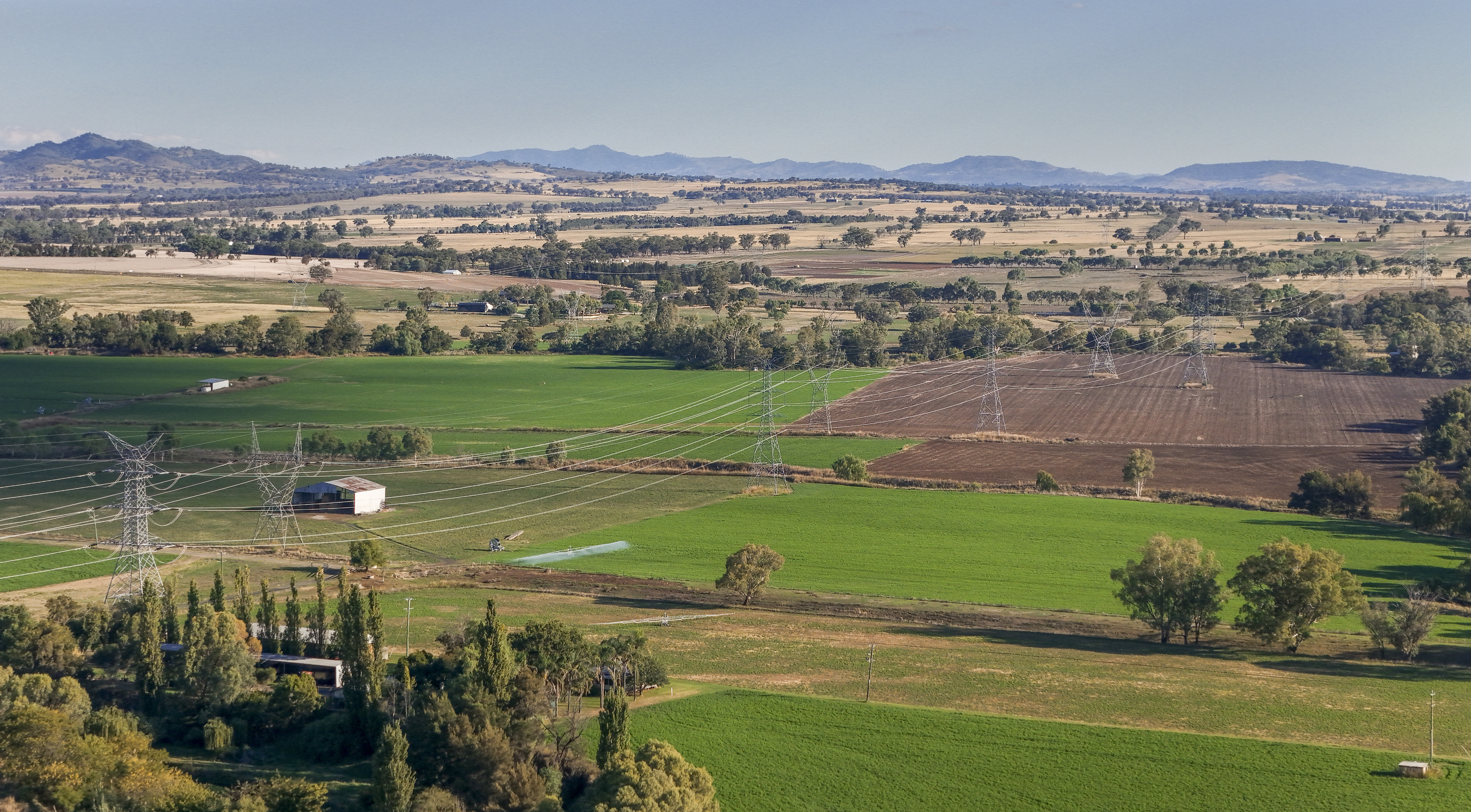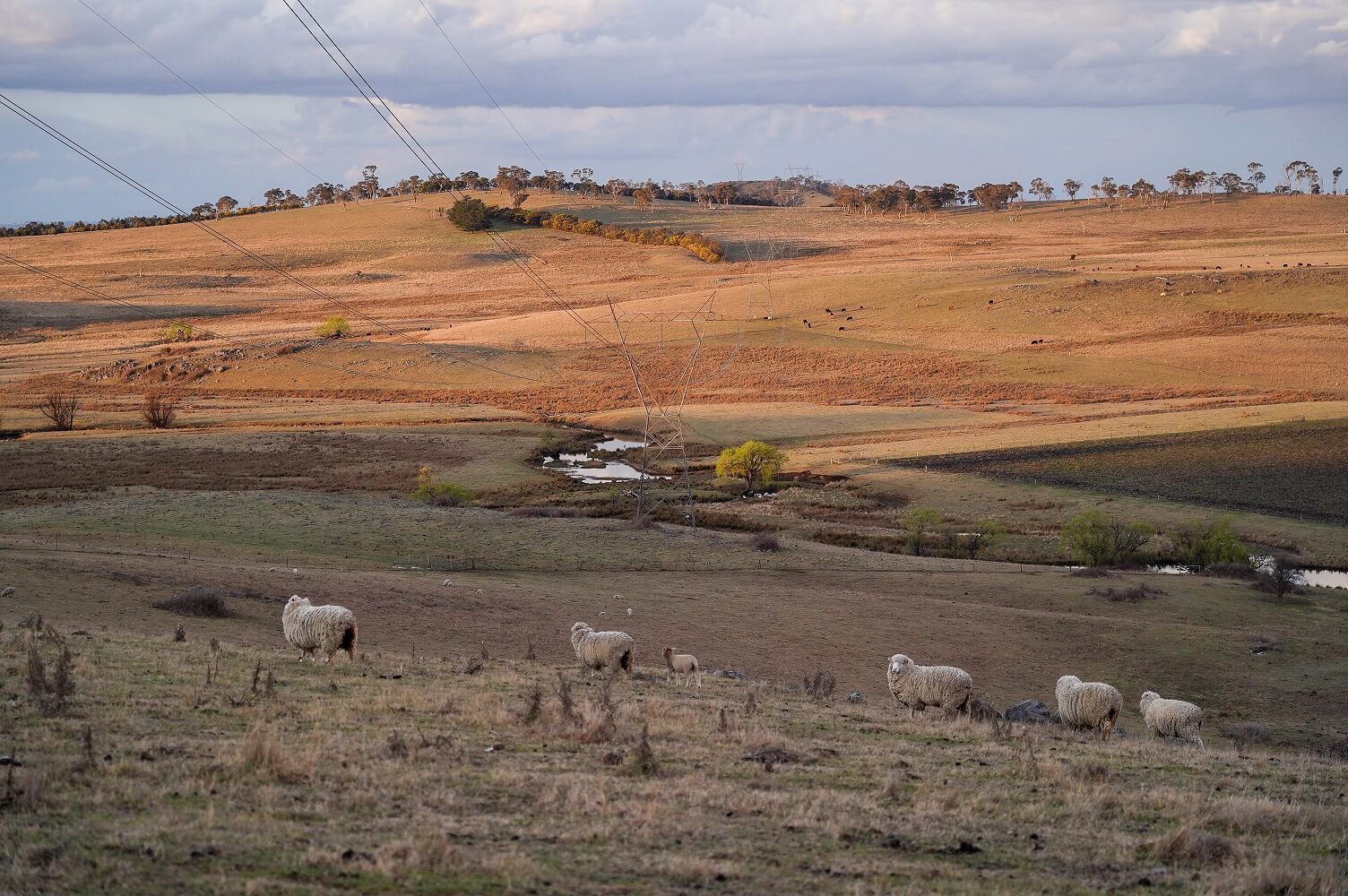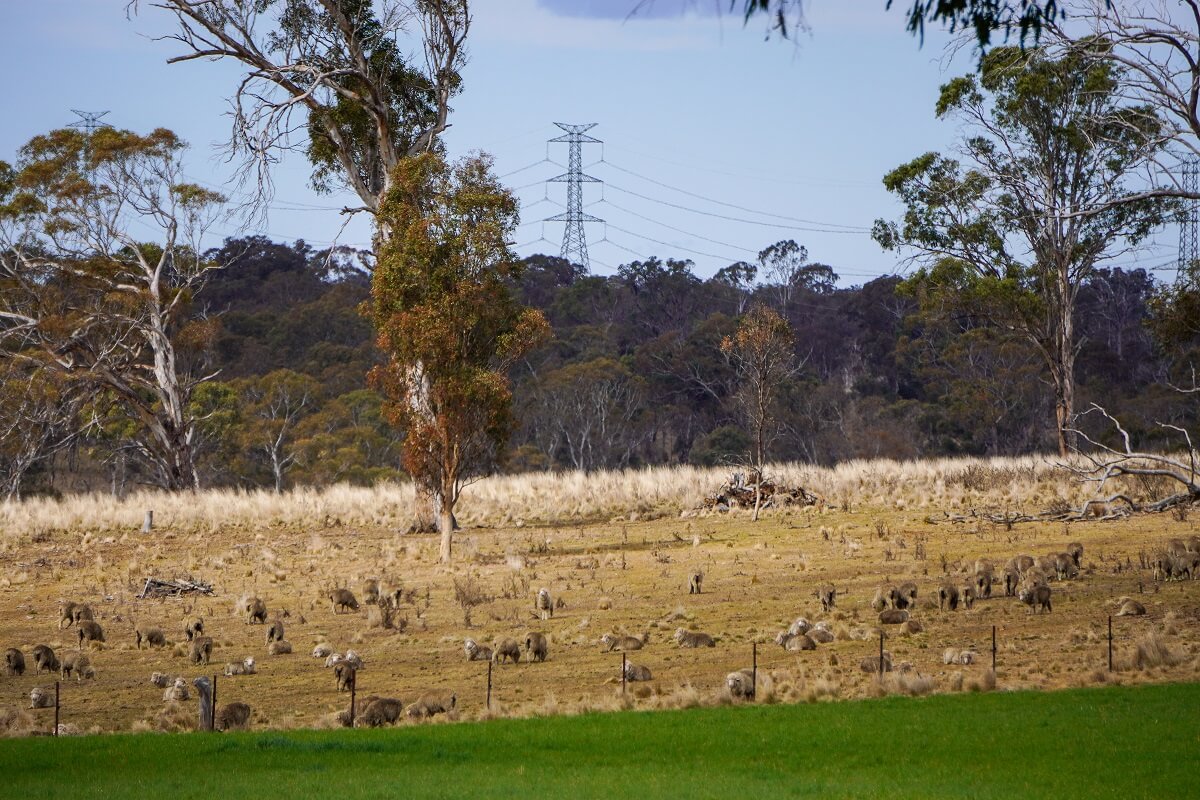Have your say and shape local initiatives
We have launched a survey aimed at understanding local issues and priorities for the region. Please take the time to complete our 10-minute survey and help shape the delivery of the New England REZ.
We’ve also released a series of studies that explore how the New England REZ can balance project impacts and benefits for local communities. The studies cover key topics including workforce accommodation, training and skills, local supply chain, waste and circular economy, and water and wastewater security.
Complete the survey and view the studies via our new online portal – your input will help shape future plans and ensure the REZ delivers real, lasting benefits for the region.
Refining the technical design of the REZ network
A key part of EnergyCo’s role involves coordinating the technical design of the new REZ network with a range of industry stakeholders, including wind, solar and storage developers and Transgrid. We have been working to develop the technical arrangements for the energy hub sites and lines connecting to the hubs following more detailed design work and industry consultation.
How energy will flow in our network
The way energy flows around the network is highly complex and dynamic. A typical day in the New England REZ network would involve:
- generation and storage projects (i.e. solar, wind and batteries) distributing energy to the hubs
- energy collected at the northern and eastern hubs would flow to central hub and be stepped up to 500kV for distribution to the broader network
- energy from the central hub would then flow down the new 500kV lines to Bayswater, picking up energy from central south hub along the way
- connections at central and north hubs would allow additional energy to be collected from Transgrid’s network and flow south
- energy from the REZ will reach the existing high voltage network at Bayswater Power Station where it will continue on to NSW homes and businesses.
Central hub will now include two separate substations
The central hub will be the largest and most important in the network as it will be the main connection point between the new network, generation and storage projects and the existing high voltage network operated by Transgrid. As a result, it will include two 500kV substations over separate sites which will be known as central hub A and central hub B. The proposed sites are located around 12km apart, near Kentucky.
Splitting of the central hub has been necessary as a single hub would not have sufficient capacity for the generation that is expected to be developed and distributed into central hub.
Splitting the central hub into two sites (central hub A and central hub B) also makes the network less dependent on one substation and helps improve the overall strength, reliability and efficiency of the network. If one substation has an issue, the other can continue operating, helping to avoid major outages.
Together, central hub A and central hub B will sit at the heart of the New England network and provide the capacity to collect renewable energy from projects upstream and send the electricity to the grid.
We have also moved some of the key functions of central south hub to the heart of the network at central hub B. This will make sure the infrastructure is located where it is needed most.
Central south hub will play a reduced role in the REZ network
The splitting of central hub means we can optimise the design at central south hub. Major pieces of electrical equipment will now be located at central hub A and B, including synchronous condensers which help keep the grid stable and reliable. This means less infrastructure will be needed within the footprint of central south hub.
Central south hub remains an important part of the network and its primary function will be to consolidate generator connections in the nearby area, with the scale and timing to be guided by expected generator demand.
Flexible design for future generation and storage
In designing the technical arrangements for energy hubs, our aim is to deliver the right amount of infrastructure for the amount of generation and storage seeking to connect in this area. Key factors we are considering include the size and voltage, timing and staging for construction, the number and length of transmission lines, and how this would impact the local area around the hub.
While we are planning where the new power lines and energy hubs will be located in the New England REZ, we won’t know exactly which projects will connect for another few years. These projects are still in the early stages of development and are progressing through planning and investment approvals. We are working closely with these projects as we refine our design and maintain flexibility until access rights are awarded and we know which generation and storage projects will connect to the REZ network.
Building in scalability to connect approved generation and storage projects
We’re designing a central south hub with a reduced capacity that could scale up or down as more details of generator projects that will connect are in place.
Based on our current knowledge of potential projects in the catchment area for central south hub, we expect the capacity to be less than central hub, which is the largest and most important in the network. We will gain more certainty as projects continue to develop, obtain planning approval and access rights are awarded for the New England REZ.
Updates to transmission line connections
As we confirm more details about the energy hub arrangements, this has resulted in updates to some of the transmission line connections between the hubs:
- Central hub A and central hub B will be connected by dual 500kV transmission lines to meet capacity requirements.
- The connecting line between central hub B and the east hub will increase from single to dual 330kV lines to provide enough capacity for energy to flow from the east back to the centre of the network.
This also provides flexibility on how generation and storage projects in the vicinity of these hubs will connect.
We are also working with Transgrid and renewable energy project developers to plan where their connections may be needed between the REZ network, generator projects and Transgrid’s existing network.
Talking to landowners is our first priority and we are engaging with affected landowners about the proposed hub arrangements and updates to transmission line connections between the hubs. This engagement will continue as we work to refine the design.
The New England Renewable Energy Zone (REZ) is a critical energy project for NSW.
Explore fact sheets and relevant project documents.
EnergyCo is working with the developers who plan to connect to the REZ network infrastructure project.
Still have questions? Read more here.
Contact the New England REZ team
If you have any questions about the New England REZ or would like to provide feedback, please contact us at any time:
Tel: 1800 061 114 (toll free)
Email: [email protected]





